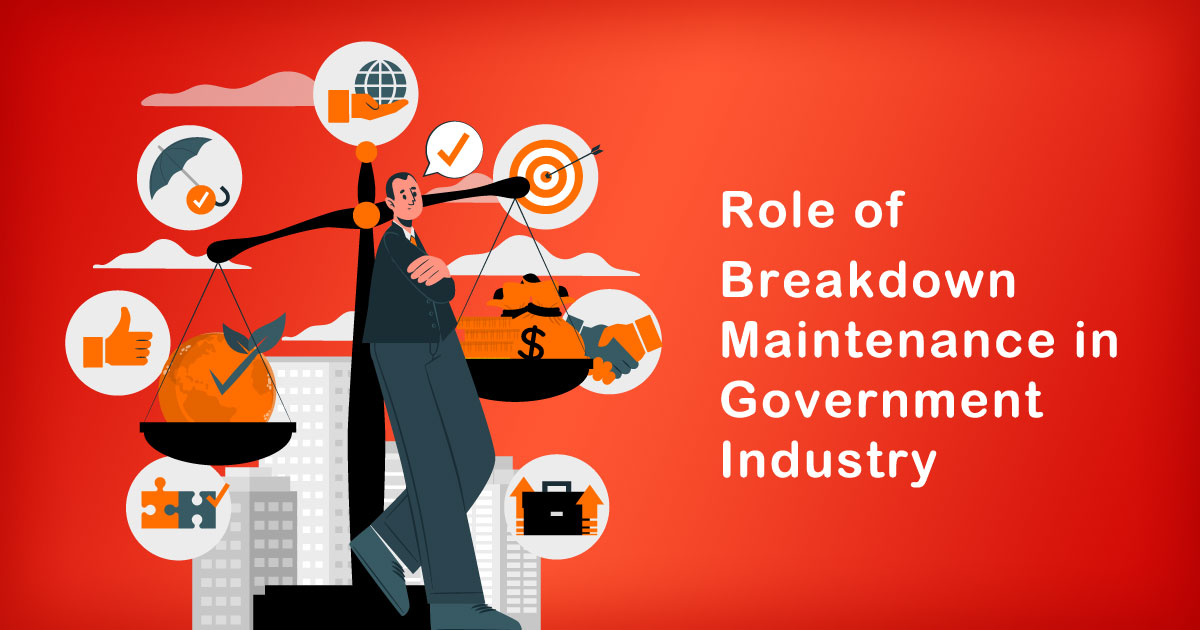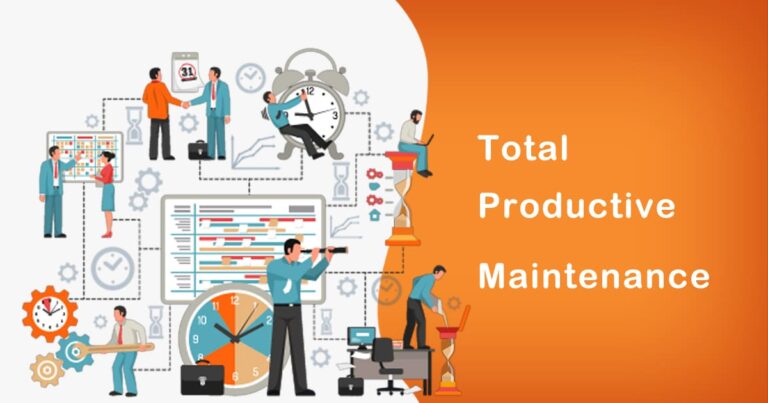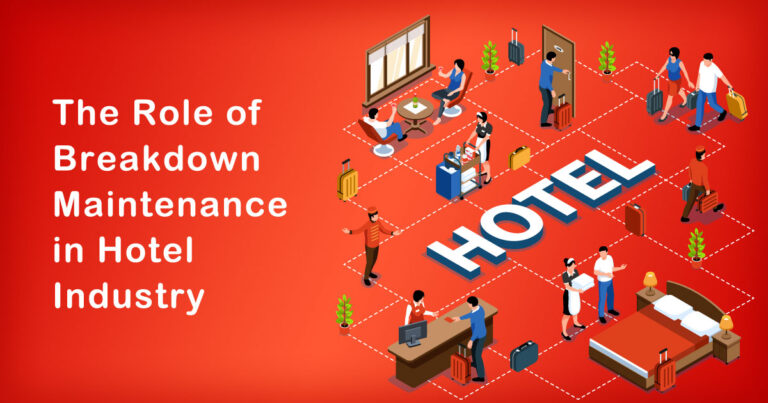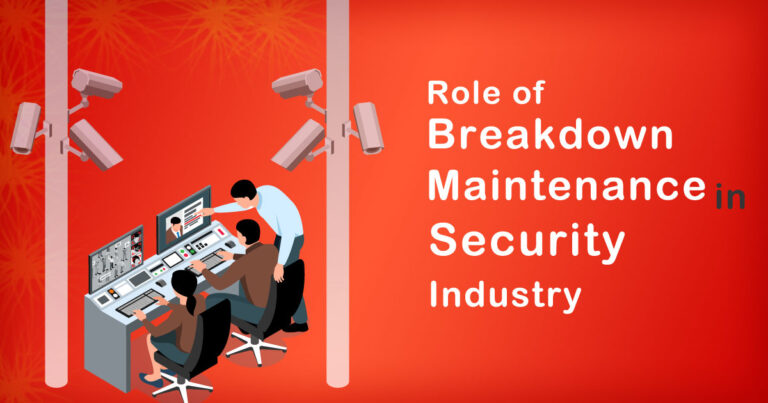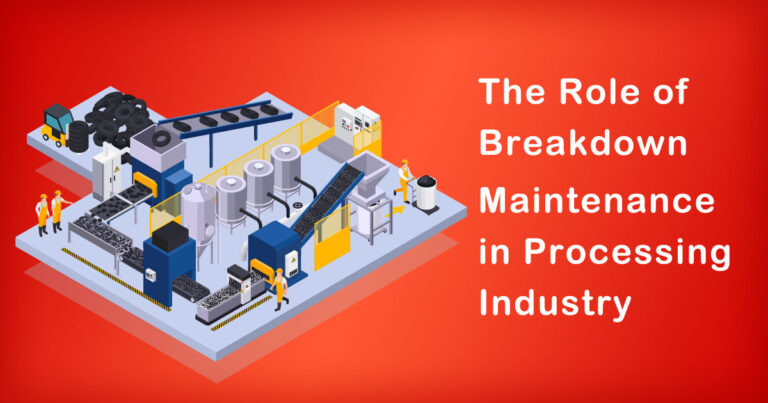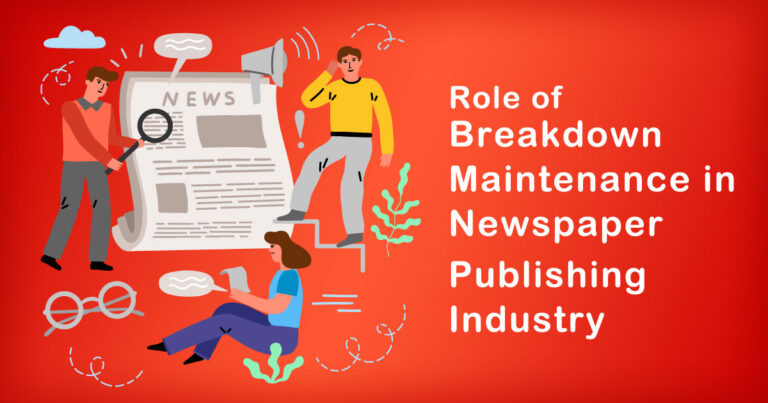Introduction
In the realm of industrial operations, smooth and uninterrupted functioning is crucial to maximize productivity and efficiency. However, despite the best preventive measures, breakdowns and equipment failures are inevitable. In the Indian context, where government industries play a vital role in the nation’s development, the importance of breakdown maintenance cannot be understated. This blog delves into the significance of breakdown maintenance in government industries, exploring its benefits, challenges, and the strategies employed to ensure a seamless operation.
The Significance of Breakdown Maintenance
Breakdown maintenance, also known as corrective maintenance, is the practice of addressing equipment failures and breakdowns as they occur. While preventive maintenance helps in reducing the likelihood of breakdowns, it cannot entirely eliminate them. Breakdown maintenance, therefore, serves as a critical backup to promptly restore machinery to operational conditions.
Minimizing Downtime:
Government industries often handle essential services and infrastructure development. A breakdown in such operations can lead to severe consequences, affecting the public and the economy. Breakdown maintenance helps minimize downtime, ensuring that services are promptly restored, thus preventing significant disruptions.
Cost-Efficient Approach:
While preventive maintenance requires periodic checks and replacements, breakdown maintenance is more cost-efficient, as resources are allocated only when issues arise. In government industries, where budget allocations are carefully planned, this approach can lead to optimal resource utilization.
Enhanced Equipment Lifespan:
Promptly addressing breakdowns can help prevent secondary damages to other components of the equipment, thus extending its overall lifespan. This is especially crucial for government industries that aim to maximize their investments over extended periods.
Adaptable to Dynamic Environments:
Government industries often encounter a wide range of operational challenges due to changing demands and external factors. Breakdown maintenance can adapt swiftly to these dynamic environments, making it a practical approach in such settings.
Challenges in Implementing Breakdown Maintenance
While breakdown maintenance offers several benefits, it comes with its own set of challenges, particularly when implemented in government industries.
Public Perception:
Government industries are under constant public scrutiny. Instances of breakdowns may lead to negative perceptions and criticism from the public, highlighting the need for swift and effective response mechanisms.
Resource Allocation:
Government organizations often have complex bureaucratic structures, leading to delays in allocating resources for maintenance activities. Streamlining these processes becomes imperative to ensure quick action.
Balancing with Preventive Maintenance:
Finding the right balance between preventive and breakdown maintenance is crucial. Over-reliance on breakdown maintenance can result in higher costs in the long run, while too much focus on preventive maintenance may lead to neglecting immediate issues.
Strategies for Effective Breakdown Maintenance
To ensure the seamless functioning of government industries, a well-planned and robust breakdown maintenance strategy is essential. Here are some strategies to consider:
Reactive Maintenance Protocols:
Government industries should establish clear protocols for handling breakdowns promptly. Quick response teams, readily available spare parts, and defined escalation procedures are essential components of an efficient breakdown maintenance strategy.
Data-Driven Approach:
Leveraging data analytics can provide valuable insights into equipment performance and predict potential breakdowns. Implementing a predictive maintenance approach can significantly reduce the frequency of sudden failures.
Training and Skill Development:
Skilled technicians are the backbone of effective breakdown maintenance. Government industries should invest in comprehensive training programs to equip their workforce with the necessary skills to handle breakdowns efficiently.
Continuous Improvement:
Regularly evaluating breakdown patterns and implementing improvements based on the analysis is vital for the long-term success of breakdown maintenance in government industries.
Conclusion
In the ever-evolving landscape of government industries in India, breakdown maintenance plays a pivotal role in ensuring uninterrupted service delivery and infrastructure development. Its significance lies in minimizing downtime, optimizing resource allocation, and extending equipment lifespans. Despite challenges, implementing a data-driven, skill-enhancing, and continuously improving approach can make breakdown maintenance a formidable asset to government industries, bolstering their mission to serve the nation and its people efficiently.


